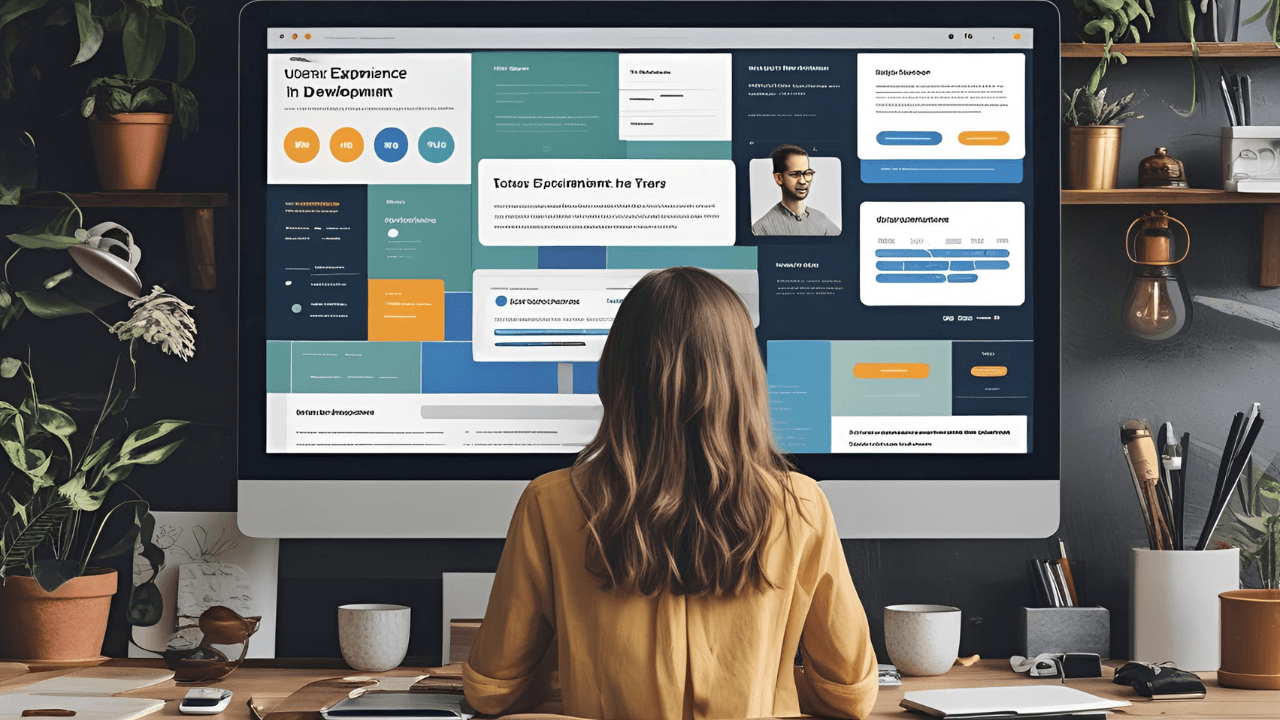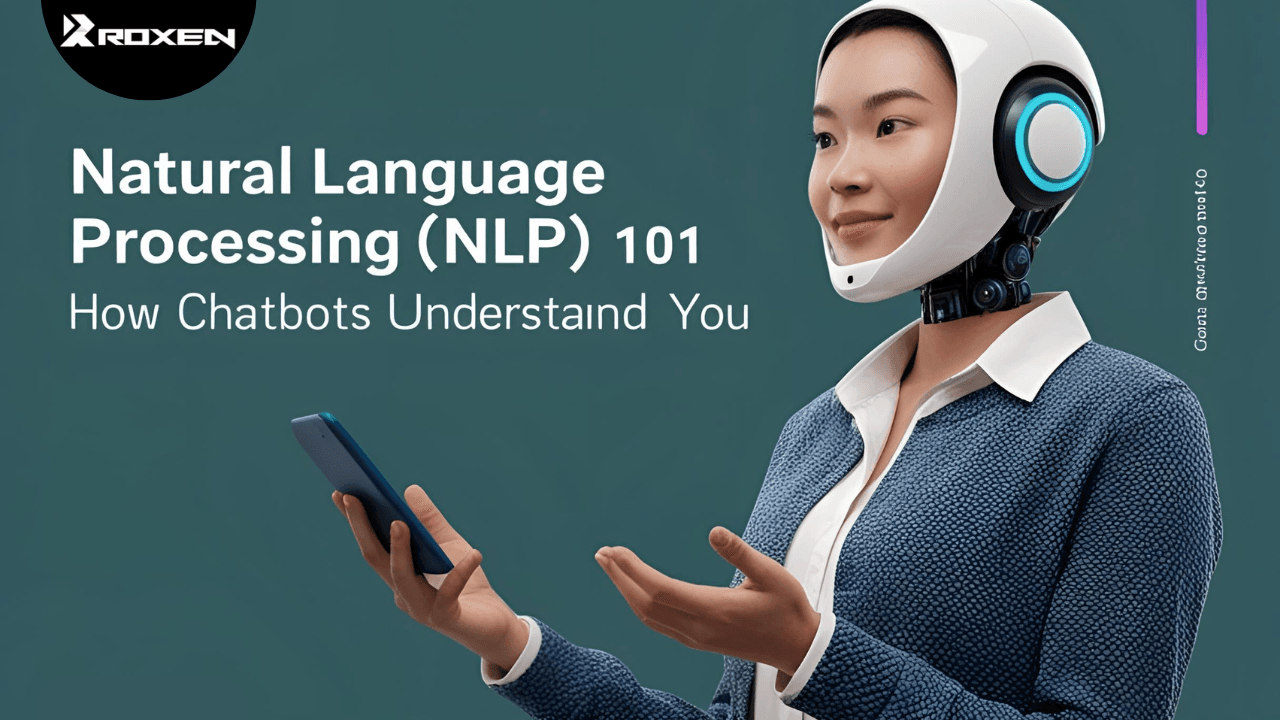Introduction to Artificial Intelligence in Business
In today’s rapidly evolving digital landscape, artificial intelligence has transitioned from an emerging technology to a business necessity. By 2025, AI is poised to revolutionize industries by fundamentally reshaping business strategies focused on efficiency, decision-making, and customer engagement. Companies that fail to integrate AI risk losing relevance and competitiveness in an increasingly automated world. According to recent surveys, almost 90% of business leaders recognize AI as fundamental to their company’s strategy today or within the next two years . This seismic shift represents more than just technological adoption—it signifies a complete transformation of how businesses operate, compete, and deliver value in the digital age.
The global AI market is expected to reach $826.70 billion by 2030, reflecting the massive investments companies are making to keep pace with innovation . From multinational corporations to small and medium enterprises, organizations across the spectrum are leveraging AI to optimize performance, reduce costs, and unlock new opportunities. This comprehensive guide explores how AI is driving business transformation, offering practical insights into implementation strategies, real-world applications, and future trends that will define the next decade of commercial innovation.
Understanding Artificial Intelligence and Its Subsets
Before examining AI’s transformative impact, it’s essential to understand what artificial intelligence truly encompasses. AI refers to computer systems that can perform tasks normally requiring human intelligence, such as visual perception, speech recognition, and decision-making . These systems learn from patterns in data, gradually improving their performance without explicit programming for every scenario.
Key Subsets of Artificial Intelligence
- Machine Learning (ML): The backbone of many AI applications, ML algorithms analyze historical data to identify patterns, make predictions, and improve performance over time . Businesses use ML to enhance customer targeting, predict trends, and automate decision-making processes.
- Natural Language Processing (NLP): NLP enables AI systems to understand, interpret, and generate human language . This technology powers chatbots, voice assistants, translation services, and sentiment analysis tools, creating more natural interfaces between humans and machines.
- Computer Vision: This technology allows machines to interpret and analyze visual data from the world, such as images and videos . In business contexts, computer vision enables quality control in manufacturing, inventory tracking in retail, and facial recognition for security applications.
- Robotics Process Automation (RPA): RPA uses AI-driven bots to automate repetitive, rules-based tasks such as data entry and report generation . This technology increases productivity while reducing operational costs and human error.
- Generative AI: Perhaps the most rapidly advancing subset, generative AI creates new content—including text, images, and video—by learning from existing data . Tools like ChatGPT and DALL·E are transforming content marketing, product design, and software development.

The Transformative Impact of AI on Business
1. Enhanced Operational Efficiency
AI delivers tremendous value by streamlining business operations and automating repetitive processes. By handling high-volume, repetitive tasks quickly and without fatigue, AI automation tools lift significant workloads off employees, allowing them to focus on more strategic, creative work . This shift isn’t just about cost reduction—it’s about reallocating human capital to where it adds the most value.
Companies implementing AI solutions report dramatic improvements in productivity and efficiency. For example, Microsoft’s AI implementations have helped organizations save thousands of work hours: EchoStar Hughes division leveraged Azure AI Foundry to create automation solutions projected to save 35,000 work hours and boost productivity by at least 25% . Similarly, petroleum company Tüpraş estimates that employees save more than an hour daily using Microsoft 365 Copilot, while also seeing IT resource efficiency gains .
Table: Operational Efficiency Gains from AI Implementation
| Company | Industry | AI Solution | Efficiency Gains |
|---|---|---|---|
| EchoStar Hughes | Cable & Satellite | Azure AI Foundry | 35,000 work hours saved |
| Tüpraş | Energy | Microsoft 365 Copilot | 1+ hour daily per employee |
| BOQ Group | Financial Services | Microsoft 365 Copilot | 30-60 minutes daily for 70% of employees |
| MAIRE | Energy | Microsoft 365 Copilot | 800+ hours monthly saved |
2. Revolutionizing Customer Experience
Creating personalized and contextual customer interactions has evolved from a competitive advantage to a consumer expectation. AI enables businesses to meet these expectations through sophisticated recommendation engines, sentiment analysis, and responsive self-service channels . According to industry data, nearly 75% of Gen Z consumers are interested in using AI during the shopping process, driving broader adoption of AI chatbots and virtual assistants .
Financial institutions apply AI to transaction data to provide personalized investment options, while airlines use AI to predict customer needs—such as suggesting preemptive re-booking options for cancelled flights or offering lounge access during extended layovers . These contextual recommendations and individualized experiences significantly increase customer satisfaction and loyalty.
AI-powered customer service tools can understand natural language, comprehend context and nuance, and answer complex queries with personalized responses . This capability not only improves customer satisfaction rates but also fosters stronger customer relationships, leading to increased repeat business and lifetime value.
3. Data-Driven Decision Making
Traditional strategic planning often relied heavily on leadership intuition and months of number-crunching based on limited datasets. AI analytics revolutionizes this process by offering real-time insights from a rich tapestry of signals—sales data, financials, media trends, HR records, customer feedback, and more . Powerful machine learning algorithms automatically scan disparate information sources to uncover hidden patterns and relationships that would be impossible to detect manually.
Predictive analytics, which combines statistical techniques with machine learning, allows businesses to forecast future outcomes based on historical data . Organizations leverage this technology to anticipate customer behavior, optimize supply chains, reduce risks, and make informed decisions aligned with market realities. For instance, analyzing years of sales data might reveal changing regional consumption patterns, allowing leaders to adapt product portfolios or marketing strategies appropriately .
4. Transforming Marketing Strategies
Marketing strategies across diverse sectors are undergoing thorough transformation with AI integration. From generative content creation to enhanced visuals, few areas of marketing remain untouched by AI’s influence . One of the most powerful applications is personalization at scale—AI analyzes customer behavior using advanced algorithms to identify individual needs and preferences, then creates personalized content and delivers customized digital experiences.
AI-powered marketing tools specializing in personalized customer journeys can analyze customer data to create tailored content suggestions and compelling audience experiences . These capabilities lead to increased conversion rates and higher customer engagement. Furthermore, generative AI tools are revolutionizing content marketing by producing product photos, social media posts, blog articles, and ad copy simply by responding to natural language descriptions . This automation liberates human creators to focus on higher-value strategy and planning while maintaining a consistent content pipeline.
Implementing AI: Strategies and Best Practices
Successful AI implementation requires more than just technological adoption—it demands a strategic approach aligned with business objectives. Based on industry insights and successful transformation stories, here are key best practices for integrating AI into your organization.
1. Define Clear Objectives and Use Cases
Start with well-defined goals aligned with your broader digital transformation strategy . Whether focusing on operational efficiency, customer experience enhancement, or innovation acceleration, clear objectives provide direction and measurable benchmarks for success. According to PwC’s research, companies should take a portfolio approach to AI strategy: developing a strong “ground game” for many small wins, pursuing attainable “roofshots” that require dedicated resources, and focusing on a few high-reward “moonshots” such as new AI-driven business models .
2. Conduct a Technology Audit
Evaluate your existing technology stack to identify gaps and opportunities for AI integration . Look for areas where AI can automate repetitive tasks, optimize workflows, or enhance decision-making. Ensure your current infrastructure supports AI adoption to avoid compatibility issues. This is particularly important for small and medium-sized businesses, many of which struggle with legacy systems that make integrating modern AI solutions complex and costly .
3. Prioritize Data Readiness
AI’s effectiveness depends on high-quality data. Clean, structured, and accessible data ensures accurate insights and outcomes . Develop a robust data governance framework to manage data integrity, security, and compliance with regulations. According to PwC, businesses should take a “less-is-more” approach to data—focusing on finding just the right data to modernize rather than trying to make everything perfect at once . AI can often fulfill its mission with a small but high-quality subset of data, then create synthetic data to close any gaps.
4. Foster a Culture of Innovation and Learning
AI adoption isn’t just about technology—it’s also about people . Successful implementation requires reskilling employees, addressing fears of job displacement, and encouraging learning agility across the workforce . Companies should provide training in digital skills like data analysis as well as soft skills like creativity and critical thinking. Leadership must model new ways of working and provide assurance that AI is meant to enhance people’s value, not displace them .
5. Implement Ethical AI Standards
For long-term accountability, AI solutions must be rooted in ethical principles backed by robust governance . Develop AI ethics frameworks aligned with company values, addressing aspects like privacy, safety, and transparency. Conduct impact assessments before deployment to check for potential harms like unfair bias, and make algorithmic processes explainable. With the EU’s AI Act and other regulatory frameworks taking shape, companies have clear obligations to ensure transparency, fairness, and accountability in AI systems .
The Future of AI in Business Transformation
As AI capabilities grow exponentially, several emerging trends will further transform business strategy in 2025 and beyond.
1. The Rise of AI Agents
AI agents—digital workers that can autonomously perform tasks—are poised to dramatically expand the workforce . These agents can handle routine customer inquiries, produce “first drafts” of software code, or turn human-provided design ideas into prototypes. PwC predicts that AI agents could effectively double knowledge workforces, transforming speed to market, customer interactions, and product design . Workflows will fundamentally change, with humans instructing and overseeing AI agents on simpler tasks while iterating with them on more complex challenges like innovation and design.
2. Generative AI Advancement
Generative AI tools will continue growing more sophisticated, enabling businesses to create hyper-personalized customer experiences, prototype solutions faster, and automate creative tasks . In 2025, generative AI will transform content marketing and creative processes, allowing teams to rapidly produce endless high-quality, customized content to improve conversion rates . This technology will increasingly be integrated across business functions, from product development to customer service.
3. Hyper-Personalization at Scale
The next phase of AI-driven marketing will focus on hyper-personalization enabled by advanced algorithms that predict individual customer needs and deliver tailored recommendations in real-time . This capability will drive deeper engagement and loyalty by creating uniquely relevant experiences for each customer rather than segment-based approaches.
4. Integration with IoT and Edge Computing
AI’s integration with the Internet of Things (IoT) and edge computing will redefine data processing and decision-making . Businesses will deploy AI directly on devices and sensors to enable faster, real-time responses without relying on cloud connectivity. This approach will be particularly valuable in manufacturing, logistics, and field service applications where latency is critical.
Real-World Case Studies of AI Transformation
Retail: Personalized Shopping Experiences
The retail sector has embraced AI to provide customers with personalized recommendations and interactive product details . By analyzing real-time data, AI replaces outdated trial-and-error tactics, allowing retailers to deliver tailored shopping experiences that directly improve customer satisfaction and drive revenue. For example, one implementation showed that 75% of Gen Z consumers are interested in using AI during the shopping process, helping to drive broader usage of AI chatbots and virtual assistants .
Financial Services: Enhanced Security and Efficiency
AI-driven detection systems have contributed to a 5% year-on-year reduction in Authorised Push Payment fraud losses in the financial services sector . These systems analyze thousands of transactions per second, spotting suspicious patterns across multiple channels. As a result, customer trust in digital banking has increased due to improvements in transaction security and fraud detection efficiency. Additionally, institutions like Bancolombia have leveraged GitHub Copilot to enhance technical team productivity, resulting in a 30% increase in code generation and approximately 18,000 automated application changes per year .
Education: Transforming Administrative Efficiency
Educational institutions worldwide are implementing AI to reduce administrative burdens on educators. Brisbane Catholic Education equipped teachers with Microsoft 365 Copilot and developed generative AI tools that help integrate Catholic traditions and values into the classroom, saving educators an average of 9.3 hours per week . Similarly, the Education Authority of Northern Ireland introduced Microsoft 365 Copilot to reduce administrative work, enabling teachers to focus more on students .
Energy: Optimizing Operations
In the energy sector, companies like Scottish Water implemented Microsoft 365 Copilot to minimize mundane tasks and free up time for employees to focus on more meaningful work . E.ON leveraged AI to manage Germany’s complex energy grid in real-time, increasing productivity and efficiency for its workforce during the country’s energy transition . These implementations demonstrate how AI can simultaneously improve operational efficiency while supporting critical infrastructure needs.
Conclusion: Embracing AI for Future-Ready Business
The transformation powered by artificial intelligence is no longer a future possibility—it’s a present reality reshaping industries globally. From enhancing operational efficiency to revolutionizing customer experiences, AI offers unprecedented opportunities for businesses willing to embrace strategic adoption. As we look toward 2025 and beyond, organizations that successfully integrate AI into their core strategies will establish competitive advantages that may prove insurmountable for laggards.
The journey toward AI-driven transformation requires more than just technology implementation—it demands cultural shift, ethical commitment, and strategic vision. Businesses must prioritize data readiness, foster cultures of continuous learning, and develop robust governance frameworks to ensure responsible AI use. Those who navigate this transformation successfully will be positioned to thrive in an increasingly automated and intelligent business landscape.
As Alysa Taylor of Microsoft notes, with over 85% of the Fortune 500 using Microsoft AI solutions and 66% of CEOs reporting measurable business benefits from generative AI initiatives, we are witnessing a fundamental shift in how businesses operate and compete . The organizations that embrace this shift strategically and responsibly will define the future of their industries.
Begin your organization’s AI transformation journey today by conducting an honest assessment of your current capabilities and identifying high-impact opportunities for AI integration. Start with pilot projects focused on clear business objectives, invest in data readiness and team training, and develop a comprehensive AI strategy aligned with your broader business goals. Remember—the goal isn’t just to implement technology, but to fundamentally enhance how your organization creates and delivers value in the age of artificial intelligence.






